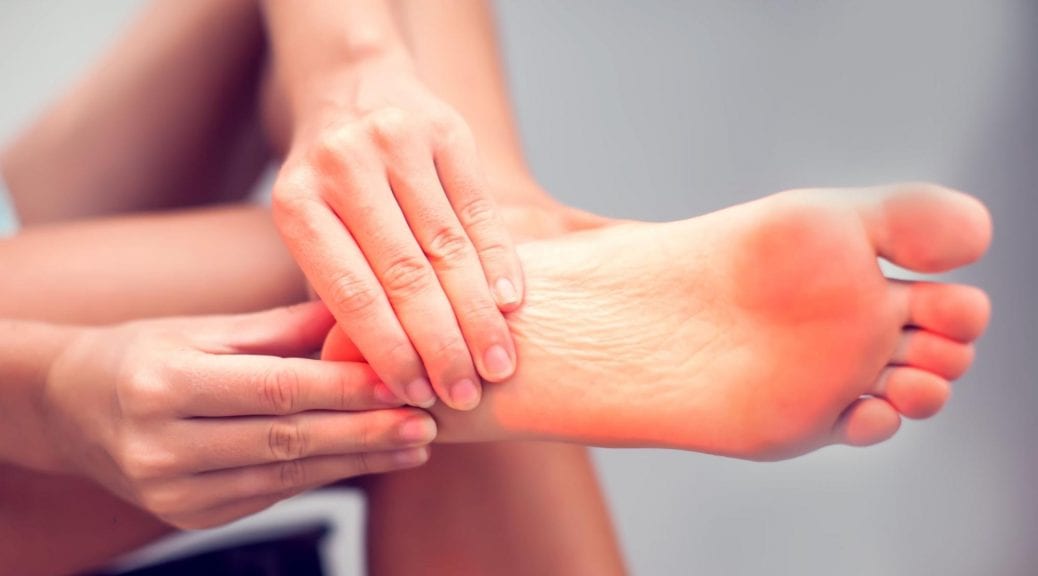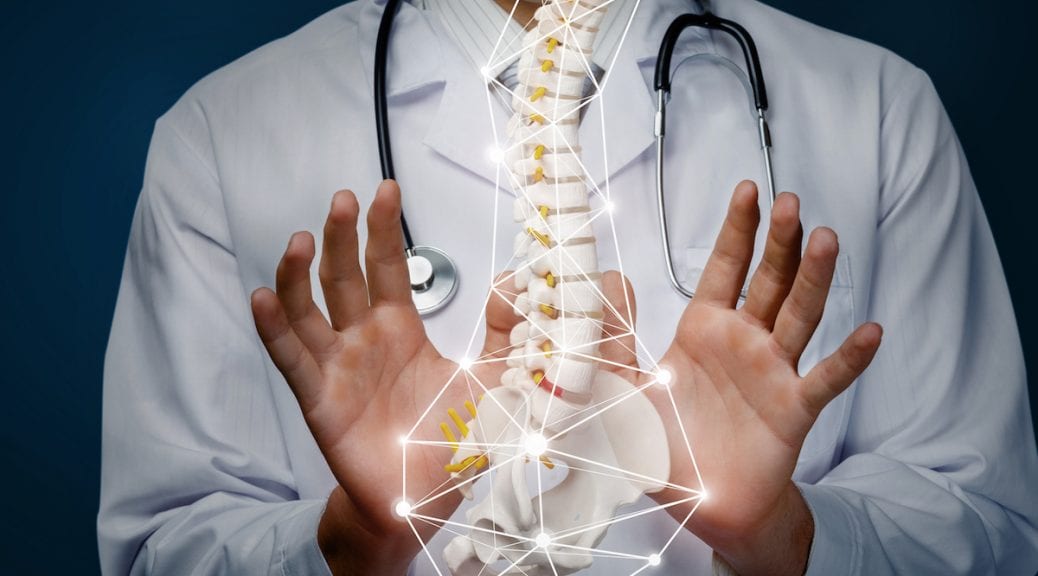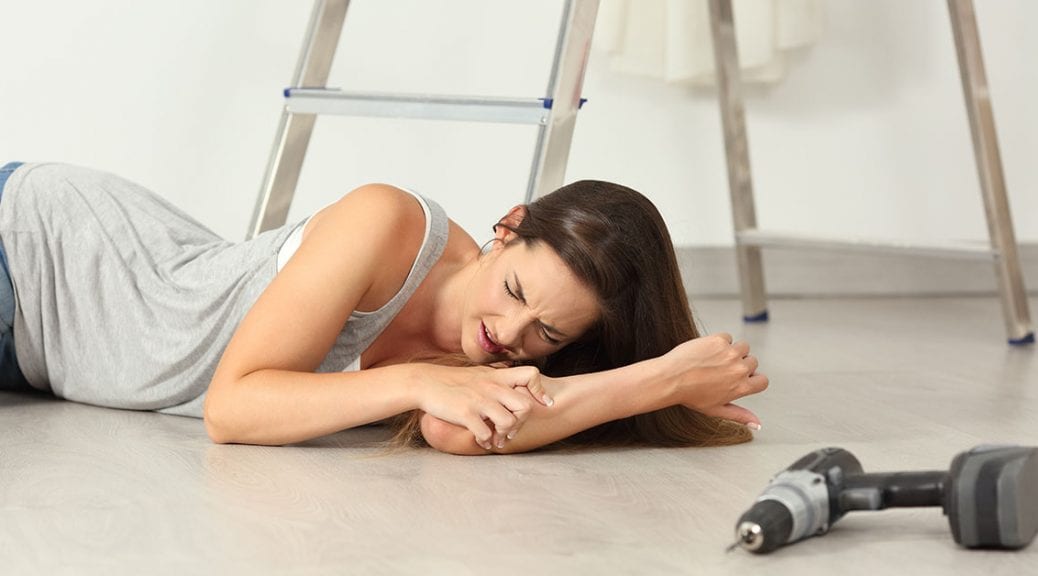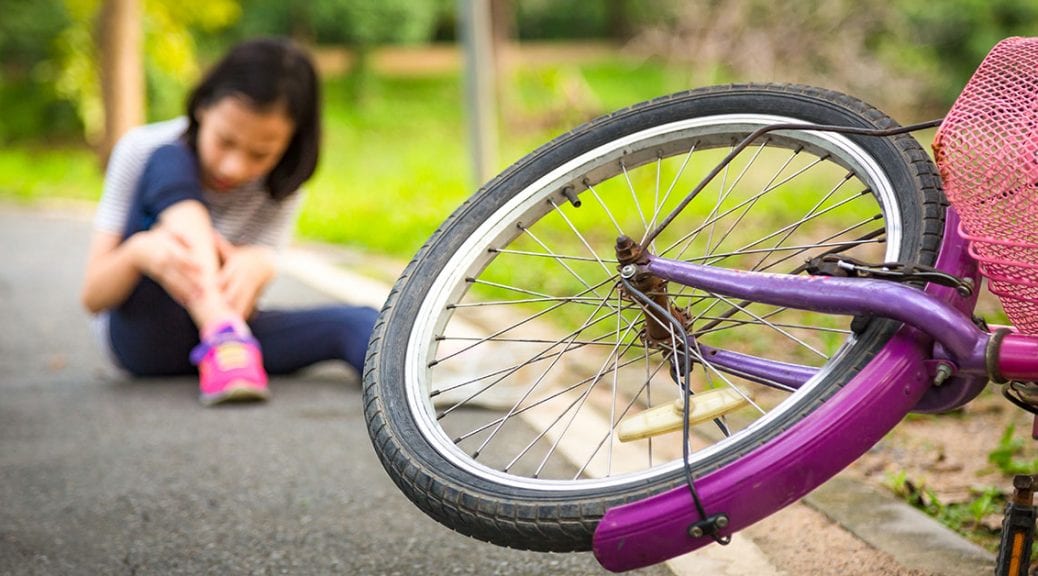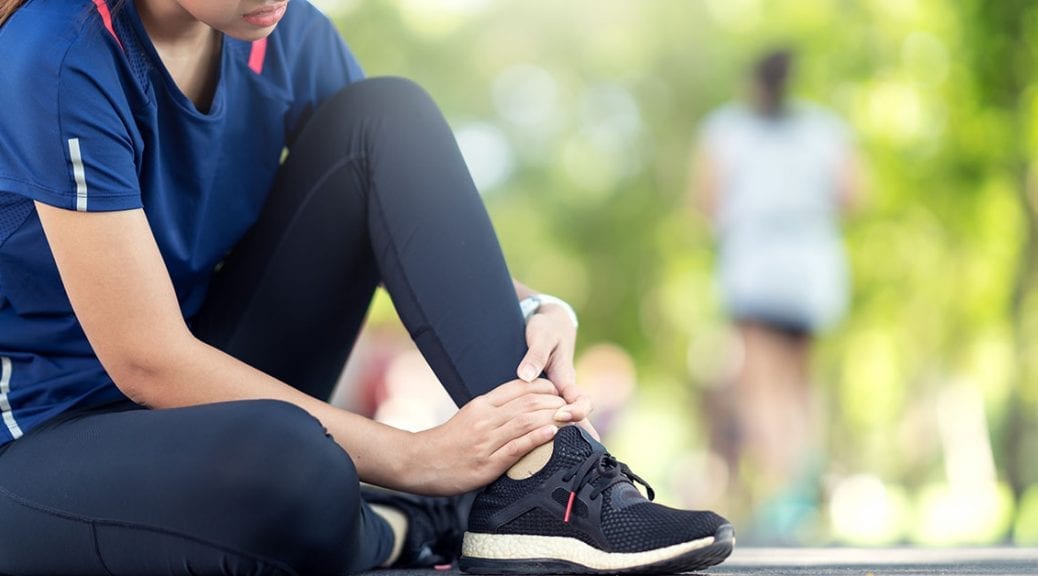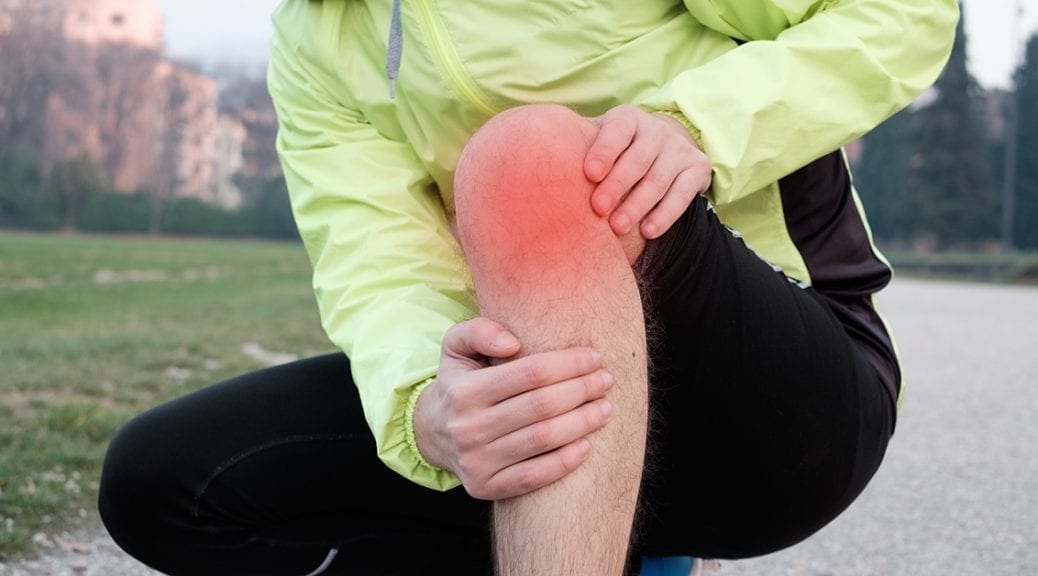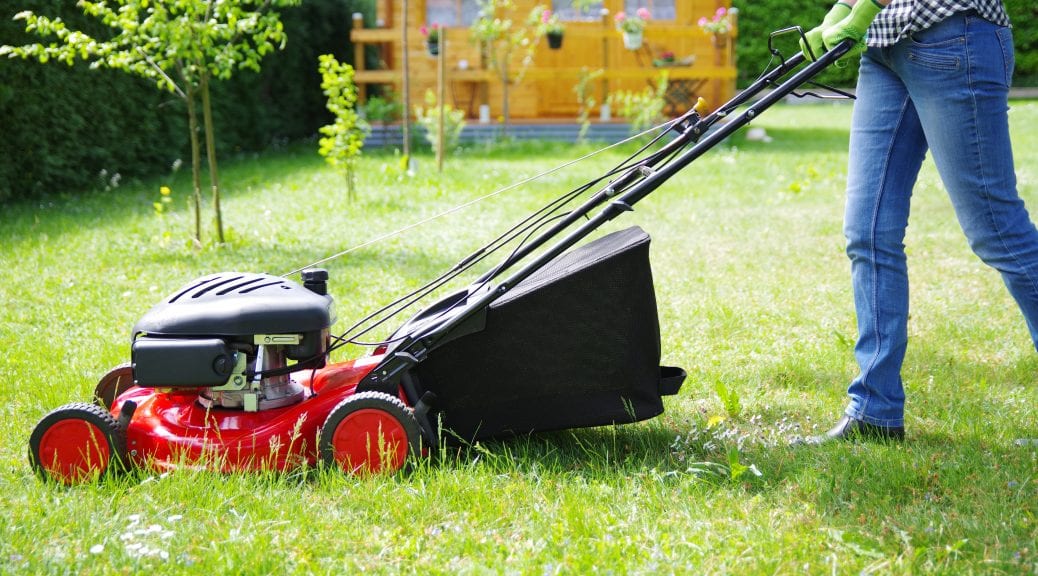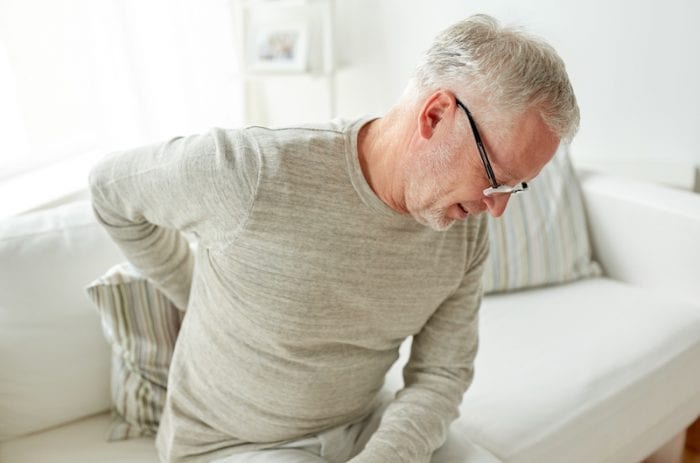As the weather gets warmer, we all start to transition from our winter footwear to our summer footwear. While our cold-weather boots may be heavy and bulky, they’re typically more supportive and secure than many sandals and other warm-weather shoe styles. There are a number of criteria footwear needs to meet in order to be considered supportive. When choosing shoes, you should consider ankle, arch, and heel support as well as protection and shock absorption. Footwear that doesn’t meet these requirements can lead to foot pain, plantar fasciitis, blisters, strained tendons, and more. To help prepare you for the summer season, we are running through a list of instances where your footwear could be causing your foot pain.
Flip Flops
As convenient as flip-flops may be, this popular summer style could single-handedly be causing your foot pain. Flip-flops flat-soled shoes don’t offer any support or stability. Prolonged wear may even affect how you walk or stand. In addition, running or jumping in flip-flops puts you at a higher risk of injury. A good alternative to this warm weather shoe style is a well-fitted supportive sandal with secure straps around the foot and ankle that is made out of a quality fabric like leather.
High Heels
High-heeled shoes put your feet in unnatural positions that can lead to pain and foot problems down the road. This style creates pressure on the toes and can disrupt your balance and increase the risk of injury like sprained or broken ankles. High-heeled shoes not only contribute to causing your foot pain while you wear them, but they may also cause foot pain even after you take them off.
Pointed Shoes
Shoes with a pointed toe also constrict the natural shape of your foot. By squeezing your toes together at the front of the shoe, this style can cause blisters, bunions, and even nerve pain.
Old Athletic Shoes
While sneakers are typically one of the best options for supporting your feet, you can still run into issues over time when your shoes are worn out. At Paris Orthopedics, sports medicine is one of our specialties, so we regularly treat athletes that spend a lot of time on their feet. Depending on the sport, the appropriate footwear is designed to offer optimum support, motion control, and cushioning to minimize foot injuries. As a general rule of thumb, if the lining of your athletic shoe doesn’t bounce back when you press on it, it’s likely time to get a new pair of shoes.
Ill-Fitting Shoes
While there are specific shoe styles that lend themselves to be either better or worse for your feet, the primary element when it comes to foot health is the fit of the shoe. To get the correct fit, we recommend getting your feet measured. Shoe size may change as you age, and in many cases, feet are different sizes. Having a professional measure your feet will help ensure that you are optimizing the health of your foot.
Consult an Orthopedic Specialist
No matter what may be causing your foot pain, the team at Paris Orthopedics and Sports Medicine is here to help. Our staff is dedicated to helping our patients recover from a wide range of orthopedic conditions. Our services include general orthopedic medicine, joint replacement, sports injury treatment, and osteoporosis treatments at our bone health clinic. If you have questions about the options available to treat shoulder pain, call (903) 737-0000 to make an appointment.

